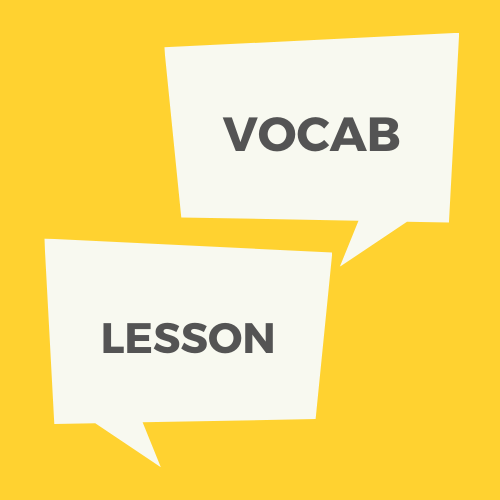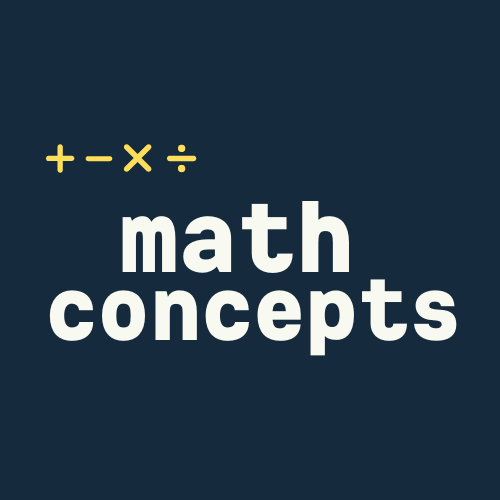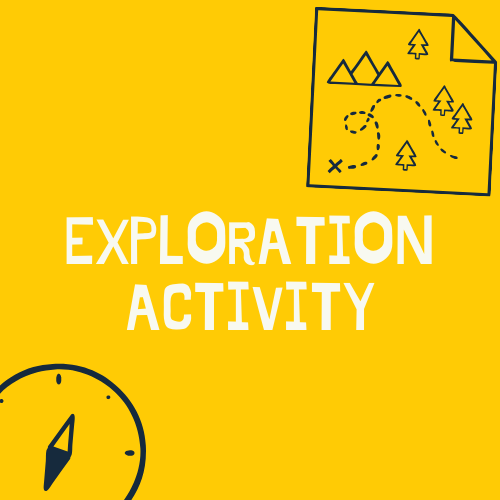Programming
Use logic and problem-solving skills to create programs
Overview
Learn about programming and invent a robot that ancient Hawaiians could have used to complete daily tasks. Then play games to practice creating programs.
Materials
Goals
Objectives
Common Core State Standards
Next Generation Science Standards
Materials
Vocabulary Lesson
Computer or other device with speakers
Math Concepts Lesson
- Computer or other device with speakers
Exploration Activity
- Computer or other device with internet + speakers
- About 5 blank pieces of paper
- A pencil
Discovery Lesson
- Computer or other device with internet + speakers
Goals
- Learn about robotics and programming;
- Understand how robots need programs to work;
- Understand that programming and robots are widely and commonly used nowadays;
- Compare using algorithms and logical thinking skills in both math and programming;
- Practice solving math problems using algorithms;
- Practice using logical thinking skills;
- Understand how robots are invented to solve problems of performing tasks that humans cannot or do not want to do;
- Think of how robots could have performed tasks in ancient Hawaiʻi;
- Learn to create step-by-step programs; and
- Play games to practice coding.
Objectives
- Define programming, algorithm, loop, conditionals, and logic;
- See examples of robots and programming;
- Convert centimeters to inches using an algorithm;
- Solve multiplication, division, and word problems using algorithms;
- Solve puzzles, riddles, and brain teasers as logical thinking exercises;
- See examples of people plant and pull kalo, pound poi, and pick, husk, and open coconuts;
- Invent and design robots that could perform the tasks listed above;
- Use and connect coding blocks to create programs; and
- Understand how to place coding blocks in order to achieve the desired results.
Common Core State Standards
CCSS.MATH.CONTENT.5.NBT.B.5
Fluently multiply multi-digit whole numbers using the standard algorithm.
Fluently multiply multi-digit whole numbers using the standard algorithm.
CCSS.MATH.CONTENT.5.NBT.B.6
Find whole-number quotients of whole numbers with up to four-digit dividends and two-digit divisors, using strategies based on place value, the properties of operations, and/or the relationship between multiplication and division. Illustrate and explain the calculation by using equations, rectangular arrays, and/or area models.
Find whole-number quotients of whole numbers with up to four-digit dividends and two-digit divisors, using strategies based on place value, the properties of operations, and/or the relationship between multiplication and division. Illustrate and explain the calculation by using equations, rectangular arrays, and/or area models.
Next Generation Science Standards
ETS1.A; 3-5-ETS1-1
Defining and Delimiting Engineering Problems
Possible solutions to a problem are limited by available materials and resources (constraints). The success of a designed solution is determined by considering the desired features of a solution (criteria). Different proposals for solutions can be compared on the basis of how well each one meets the specified criteria for success or how well each takes the constraints into account.
3-5-ETS1-1
People’s needs and wants change over time, as do their demands for new and improved technologies.
3-5-ETS1-2
Engineers improve existing technologies or develop new ones to increase their benefits, decrease known risks, and meet societal demands.
Math Concepts Lesson
Learn about using algorithms, and practice logical thinking and problem-solving skills.
Discovery Lesson
Practice using code blocks to create programs for Kō, the Hawaiian boar robot, and other characters.




